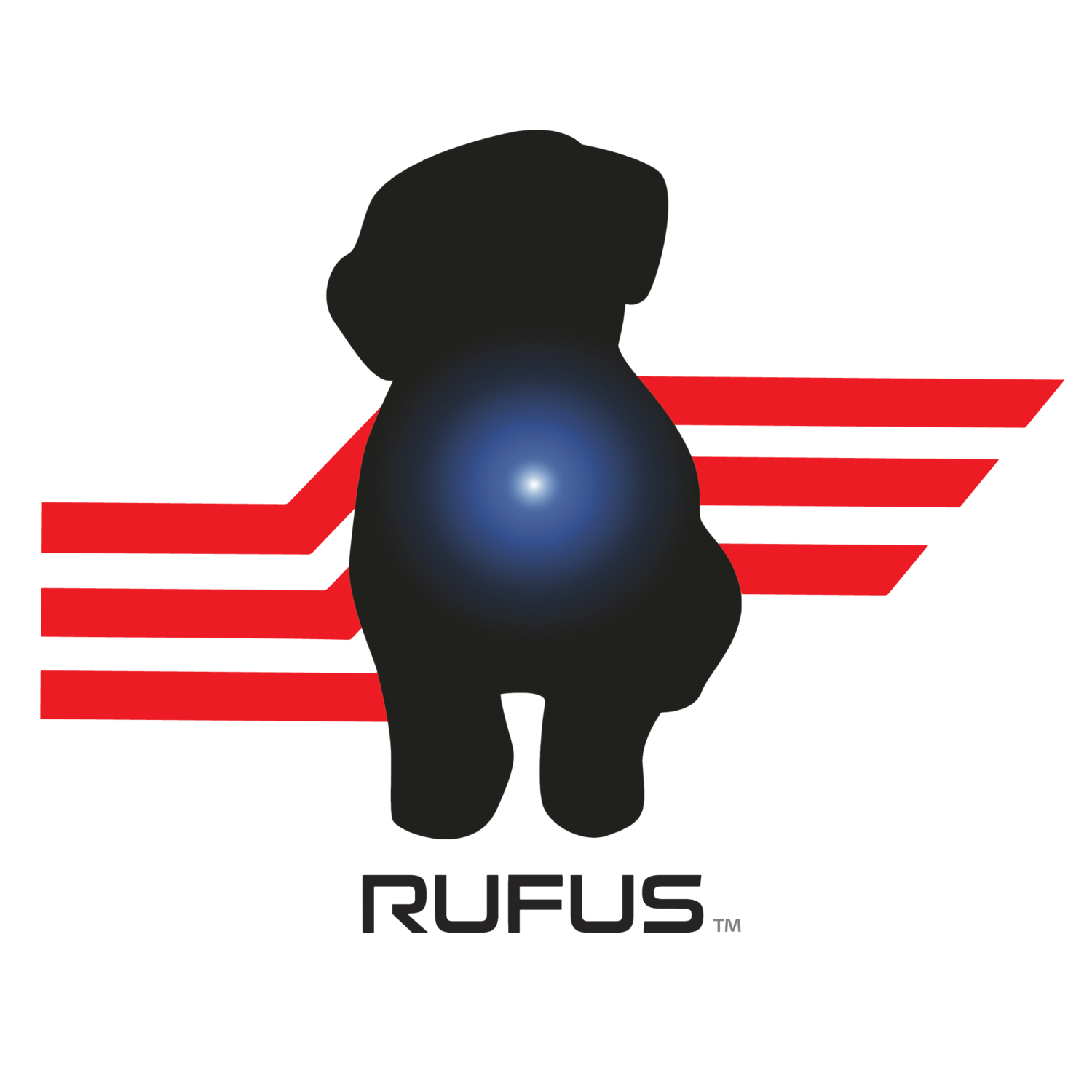3PLs Have Hit an All-Time High — Here's What They Can Do for You
Looking to outsource your organization's logistics? You'll likely use a 3PL (Third-Party Logistics Providers). These companies manage one or more assets of procurement and fulfillment processes.
In business, 3PL's often offer a broad swath of resources — from a singular service, like storing or shipping items, to systemwide services that handle various aspects of supply chain management.
“Fulfillment consists of more than fulfilling customer's orders. It includes storage optimization technology, handling optimization technology, and forecasting tools," explains Learie Hercules, Chief Technology Officer, Smart Warehousing. "As demand increases, forecasting tools have allowed Smart Warehousing to grow by planning appropriate inventory levels for our customers and planning appropriate labor allocation — a mix of labor and machines.”
How Do 3PL's Operate?
Let's look at an example of how third-party logistics work. A publisher directly hires writers, designers and editors to produce a book. But when it comes to distribution, the company opts to contract with a fulfillment center to process online orders, and a shipping center to store and deliver books to consumers.
Essentially, by working with one or more 3PL providers, the publishing company can use distribution services and facilities as needed. This controls costs and allows the publishing company to focus on what it does best — crafting your next must-read.
Why Have 3PLs Skyrocketed?
An increasing number of companies are leaning on 3PLs, causing the growth rates of these services to hit record highs. The pandemic fueled strong consumer demand, continued supply chain bottlenecks and tight carrier capacity — prompting companies to contract 3PLs to keep supplies and products in stock. Innovative tracking technology that offers supply chain visibility, like barcode scanners and GPS devices, have also driven the growth of 3PL's.
A recent report shows that the global 3PL market revenues reached $1.4 trillion in 2021, resulting in a bounce-back increase of 41.8 percent (versus the mere 7.7 percent increase seen in 2020 over 2019). The International Transportation Management (ITM) segment led the way at 60.8 percent year‐over‐year growth due to continued COVID‐19 response and increased international freight rates.
Additionally, more and more 3PLs are cropping up to compete with Amazon’s FBA service, a fulfillment option that allows certain sellers to outsource shipping to Amazon. The web giant's high storage fees have forced merchants to seek alternatives, creating opportunities for others to enter the space.
Companies looking to solve the warehousing problem for themselves, particularly the storage of seasonal products, have transformed into entrepreneurs by selling the service to others.
The Benefits of 3PL's
As we discussed in the book publishing example, there are several business benefits to using a 3PL. Outsourcing certain logistics — including packaging, warehousing, fulfillment and distribution — often leads to cost savings that boost your bottom line. Plus, there's the peace of mind that comes with not having to maintain a warehouse or the staff to oversee supply chain operations.
3PL services also make it easier for businesses to quickly scale their operations. For instance, if the publishing company's book suddenly landed on the best-seller list, a fulfillment center would be better able to meet increased consumer demand for online orders than the publisher.
Leading 3PL's rely heavily on technology to reduce logistics costs for their customers to remain competitive and profitable. From advanced warehouse management software, to automation and wearable technology, 3PL's can optimize efficiency and get shipments out the door faster for customers. That’s why leading 3PLs below have implemented Rufus WorkHero’s productivity solutions to provide better quality to their customers:
There’s a reason 3PLs trust Rufus for improving barcode scanning speed and productivity, here’s an overview of our award winning wearable platform for warehouse & distribution ops: WorkHero!
1. Wearable Technology Barcode Scanning Solutions
Rufus Labs' suite of warehouse wearables and software solutions improve speed and reliability, including wearable barcode scanners. These effective and ergonomic devices automate critical business processes and provide inventory visibility and accuracy, all in real-time. By allowing workers to operate in the warehouse or industrial facility, hands-free, these scanners double productivity and efficiency.
2. Productivity Management Solutions
Additionally, businesses can maximize productivity with Rufus Intelligence. This management software solution allows you to easily tap into data surrounding each worker’s scanning activity and the number of labor hours it takes to complete various tasks.
Businesses are able to anticipate the precise number of employees in each area of your operations needed for maximum efficiency.
3. Superhuman Support
In addition to powerful wearable barcode scanners and productivity software, Rufus WorkHero provides 3PLs and distribution centers with Superhuman support at no extra cost. From our unlimited warranty & seasonal device flex, to our 24/7 tech support- our customers experience zero down-time and every shift has all the latest technology needed to perform tasks.
For more information about Rufus WorkHero and a free demo kit for your warehouse, book a call today!





